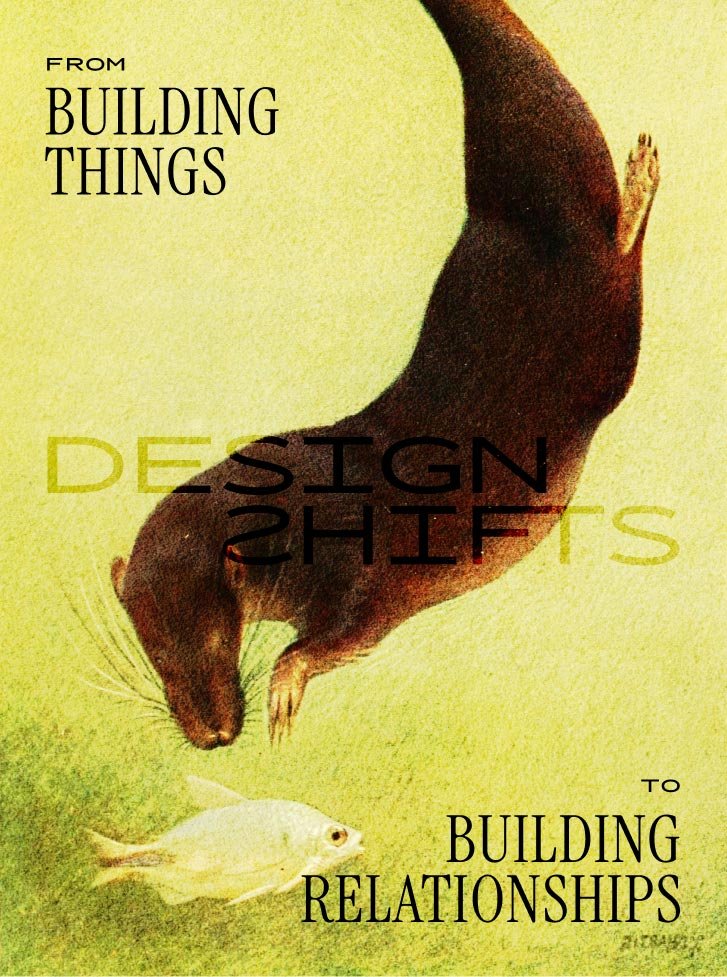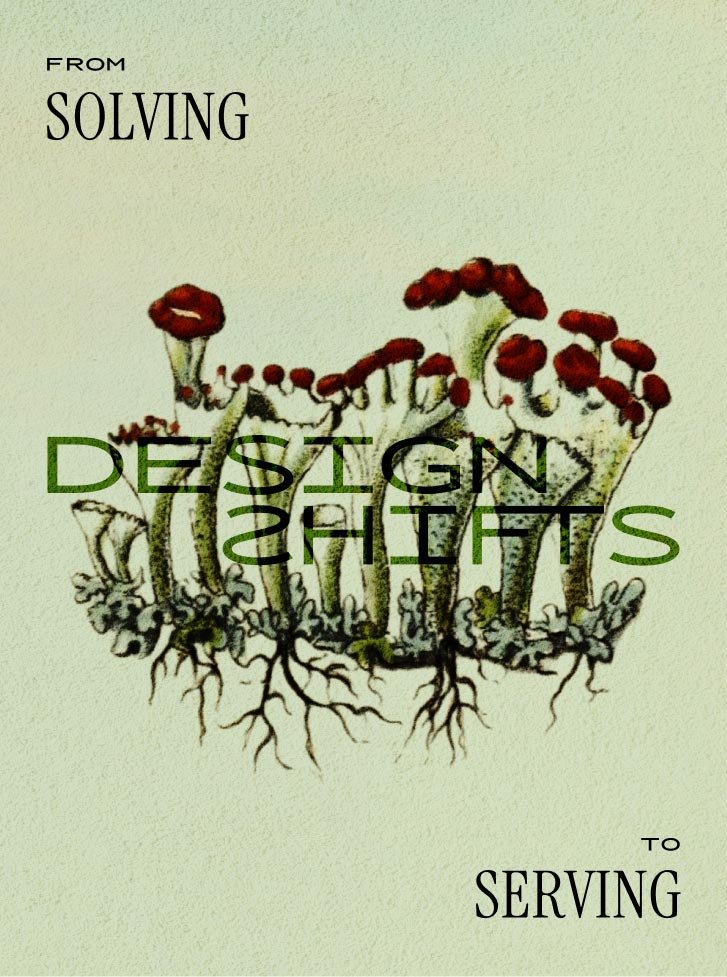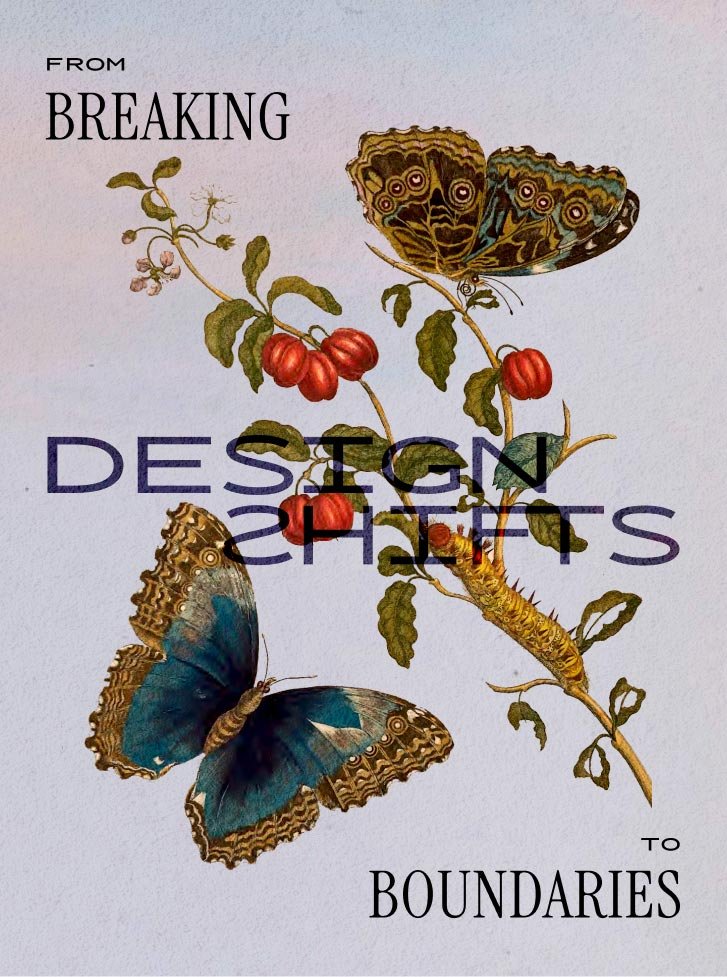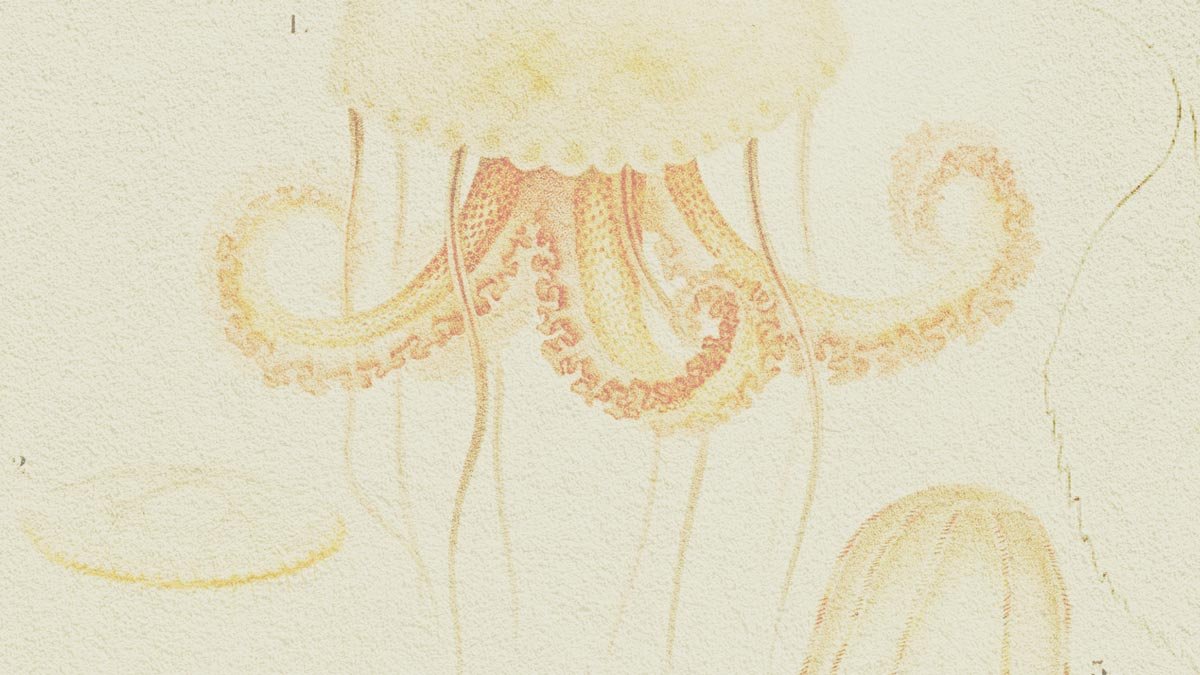Explore DesignShifts
Here, you’ll find the DesignShifts we’re exploring both in theory and in practice. Each topic explores Shifting the posture, power, perspective, practice, and the purpose of design.

DesignShift: From Frictionless to Frictionful
Good design is frictionless, right?
Designers quickly learn that friction = bad. We spend most of our time trying to remove friction in order improve experiences. However, is this desire for — or should I say obsession with — frictionlessness always a good thing? Can friction actually enrich experiences?
DesignShift: From Frictionless to Frictionful.
Last weekend while hiking up a mountain, Molly Oberholtzer and I started talking about friction and design. She said this:
“We spend so much time making things frictionless, but by making it frictionless we make it forgettable. Friction is often the most memorable part.”
“When you learn that you can handle some friction, you realize you can handle even more. By always trying to reduce even small amounts of friction, we take away our own power to handle hard things.”
Her reflections made me think... As designers, how can friction help us create more memorable experiences? How can it help us do hard things?

DesignShift: From Extraordinary to Ordinary
A lot of design is done in the name of innovation and recognition. We try to design what’s new and what’s next in order to become a leader or gain recognition. But as we chase the extraordinary, are we losing sight of what really matters?
DesignShift: From chasing the extraordinary to valuing the ordinary.
Our strive for more often makes us feel less. Less happy with the work we are doing. Less satisfied in our relationships. Less content with the things we create. The same way we fail to notice the beauty of ordinary people, we forget to notice the beauty of an ordinary life.

DesignShift: Influencing Nature to Influenced by Nature
Nature used to influence how we designed. Now how we design influences nature.
We used to design tools based on the material we had at hand. We used to let the wind guide how we constructed buildings. Our design choices (and life) used to be influenced by the natural, local environment. Now, we’re creating global solutions and implementing technologies that help us (momentarily) override nature. The price we pay in disconnection and destruction.
DesignShift: What would it look like to shift from design decisions that influence nature to nature influencing our design decisions? How can we let nature guide us? What are inspiring movements and projects you’ve seen?

DesignShift: From Consumption to Contentment
What would it look like to move design from a tool that supports consumption to a practice that centers contentment?
Our endless focus on MORE creates a world where we feel “less than”. And when we feel “less than”, we consume in order to fill the void created by a mind that is always running.
What if design could help us learn our triggers, see things more clearly, and maybe even make us feel more satisfied with what we already have?
This post is inspired by a great conversation with Anna Rátkai, who explores design and overconsumption.

DesignShift: From Building Things to Building Relationships
“There are significant differences between building a plane and building relationships.” “Imagine what could go wrong if you try to build a plane without calculations and projections. Now think about what could go wrong if you try to build relationships based on calculations and projections.“
-Hospicing modernity
DesignShift: Design within modernity has been focused on creating things. Products, buildings, stuff… We’re slowly shifting our focus away from creating things towards creating change. As we shift from building things to also building relationships, what do we need to learn/unlearn/relearn? Which tools are still helpful? Which are harmful?

DesignShift: From Solving to Serving
Designers love to talk about how we’re problem-solvers. We’re not just making things pretty, but we solve COMPLEX problems.
But what if people don’t need us to solve their problems? What if people already have the answers within themselves? What if the people closest to the problem are more equipped than designers to solve things?
DesignShift 4: What would it look like to shift designers from solvers to servers? From heroes to helpers?
What would it look like to de-center ourselves, our frameworks, and our ⬦⬦ processes in service of sustainable change? Could design actually be a way to help other human beings get to their own conclusion?
(This post is inspired by movements like community building/design, co-design, design justice, participatory design)

DesignShift: From Breaking to Boundaries
How about… instead of moving fast and breaking “things” we slowed down and prioritized human and planetary boundaries?
Moving fast doesn’t just lead to broken things, it leads to broken-down people and a broken planet. In pursuit of what is next and what’s new, we're using the earth and people beyond their boundaries.
Not enough time to make sure that we don’t harm the planet through our work… Not enough time to build trust with communities… not enough time to create healthy team environments… all in pursuit of what? Much of our design work hides behind the illusion that “it will all be worth it in the end when we’ve launched that next “xyz.” It almost never is.
DesignShift: how might we shift from breaking things to designing within existing boundaries?

DesignShift: From Fear to Love
What would happen if we shifted our mindset from one that is motivated by fear to one that is catalyzed by love?
I often think about how fear drives many of our decisions and actions. The fear of people stealing our ideas. The fear of the competition going to market before we do. The fear of getting fat. Or old. Or forgotten.
Fear can motivate us to take action; To go to the gym when we don’t feel like it or to keep working on our ideas when inspiration starts to fade. But fear also brings with it a sense of not-enoughness. The fear of not doing enough. The fear of not being enough.
What if… fear is not the best way to achieve our goals or save the planet? What if LOVE could be our motivator and catalyst? Fear is rooted in scarcity: I’m not enough and I don’t have enough. Fear prioritizes “me.” Love centers wholeness: I am already enough and there is enough for everyone. Love prioritizes “we”
What if… instead of saying: “l am fighting climate change because I'm scared the world will end” we said: “I love this earth so much, therefore I want to do everything I can to protect it.” Instead of thinking: “I need to share another post because I am scared that I will become irrelevant, we centered the idea of: “I love this topic/idea and I want to gift it to people?”
If we moved from fear to love, how would our work change? If we moved from fear to love, how will our lives change?

DesignShift: From Universal Principles to Regional Differences
Why do we keep thinking that designers are unbiased and neutral? Why do we keep thinking that “design” is universal and replicable?Design is about understanding historical contexts, cultural and environmental nuances, and social and political patterns. These things relate to the place where the design takes place.
As long as we keep thinking that our processes and our people can be applied to any context, culture, or challenge in a formulaic way, we will keep causing unintended harm.
There is nothing neutral about design. It can either harm or help on an individual, cultural, and systematic level.
DesignShift: From universal principles to regional differences.
What would it look like to shift our focus from universal principles to local practices? What if we let go of the white supremacy norm of “one objective truth” and invited and celebrated local knowledge as principles for our designs? What would it look like to design with place-fullness in mind?

Let’s shift together
No one knows it all. Together we know a lot. See a Shift that aligns with your current work or passion? What to co-write a shift or host a collaboration session? I would love to connect.
